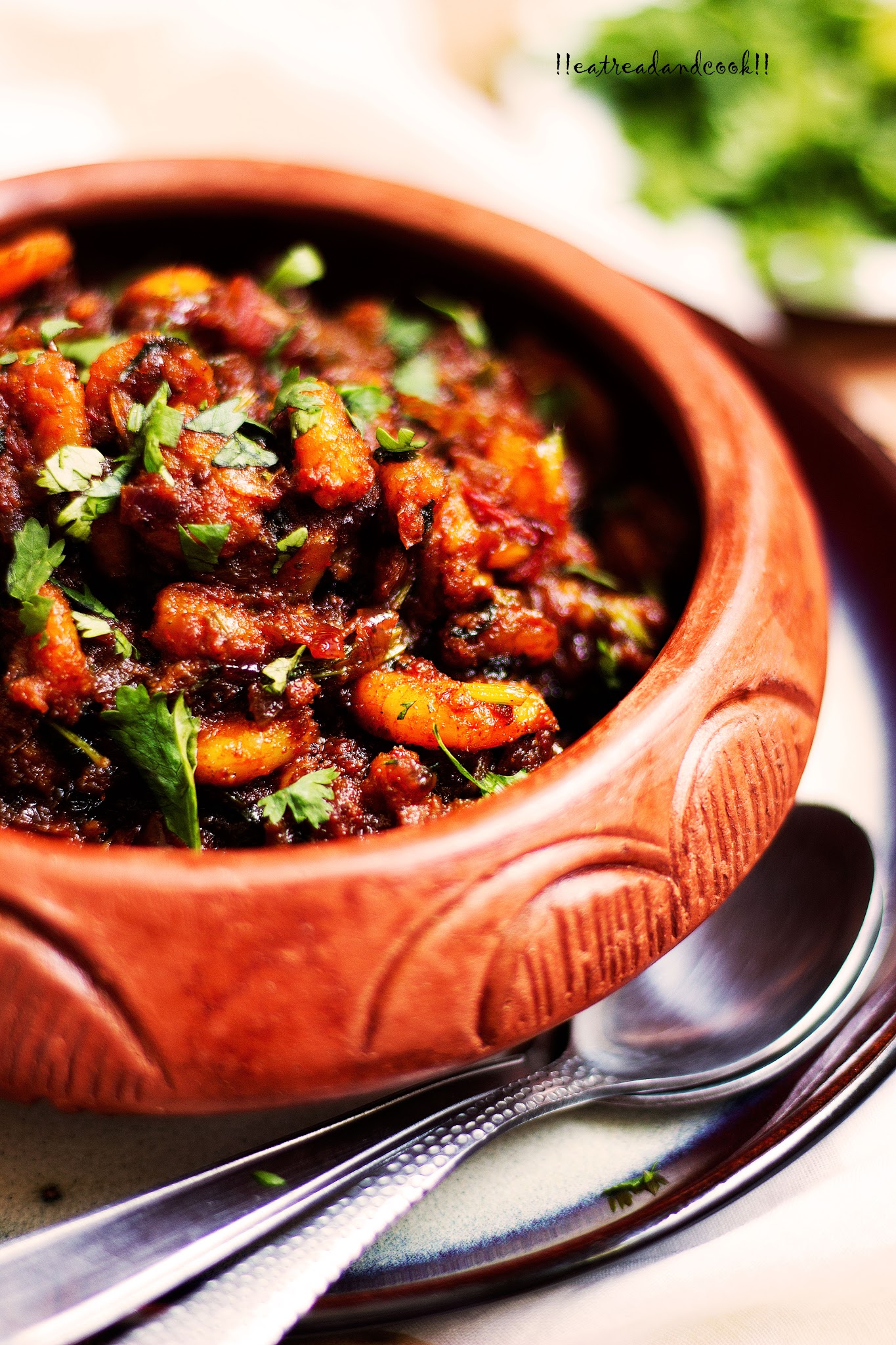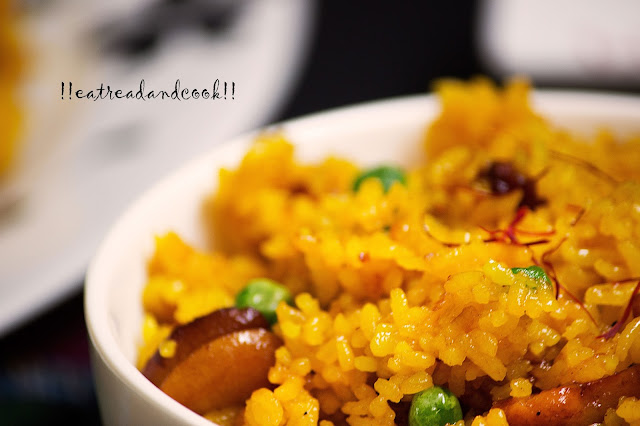Kolhapuri Jhinga Masala / Prawn Masala
We eat a lot of prawns.
And I mean a lot. Prawn Malaikari makes the most repeats but we try other
recipes as well. This Kolhapuri Jhinga Masla is currently our new favourite. It
is not too curryish...or not too dry...just in the middle and perfect with
paratha / chapatti or simple dal and rice. You can choose for yourself.
I have a limited supply of the Kolhapuri masala, so when I am not really feeling it I just skip it
and go on with the garam masala. The Kolhapuri masala do add a bit of jazz to
the curry but it is the concoction of onions, coriander leaves, lime juice and
a heavy dose of garlic, which make this prawn curry a really different one. The
one I reach out every time whenever I am making a spicy preparation with
prawns.
Kolhapuri Jhinga Masala / Prawn Masala
Serves 6
Ingredients:
500 gm jumbo prawns –
deveined
1 large onion – finely chopped
3 large ripe tomatoes –
chopped
8 cloves of garlic –
minced
1 and ½ inch ginger –
minced
2 cups of chopped
coriander leaves
1 tsp turmeric powder
2-3 tsp red chilli powder
2 green chillies – chopped
1 tsp cumin powder
1 tsp coriander powder
1 and ½ tbsp kolhapuri
masala ( you can replace it with garam masala)
3 komum / 1 tbsp lime
juice
Salt
2 tbsp oil
Method:
Sprinkle a little turmeric
powder and some salt over the prawns. Give that bowl a good shake so that all
the prawns have a little bit of the salt and the turmeric powder.
Heat the oil and fry the
prawns in it for 2-3 minutes or until they start to change their colour. Take
them out of the kadai and keep aside.
Add the chopped onions to
the remaining oil.
Sprinkle some salt and
cook the onions until lightly golden.
Add the ginger-garlic
paste to it and cook for 2 minutes.
Add a handful of chopped
coriander leaves and the chopped tomatoes.
Stir and cook until the
tomatoes become completely mushy.
Add the turmeric powder,
red chilli powder, cumin powder and coriander powder. Stir and cook the masalas
for a minute.
Now add the fried prawns
and the kolhapuri masala to the curry.
Add another handful of the
coriander leaves and the kokum.
If the curry becomes dry
add a little splash of water to the curry.
Cook for just 2 minutes
more and not more than that.
Finish off with the rest
of the coriander leaves and a good drizzle of lime juice.
Taste and adjust the
seasoning.
Switch off the flame and
serve hot with plain rice / pulao / tandoori roti.














Comments
Post a Comment